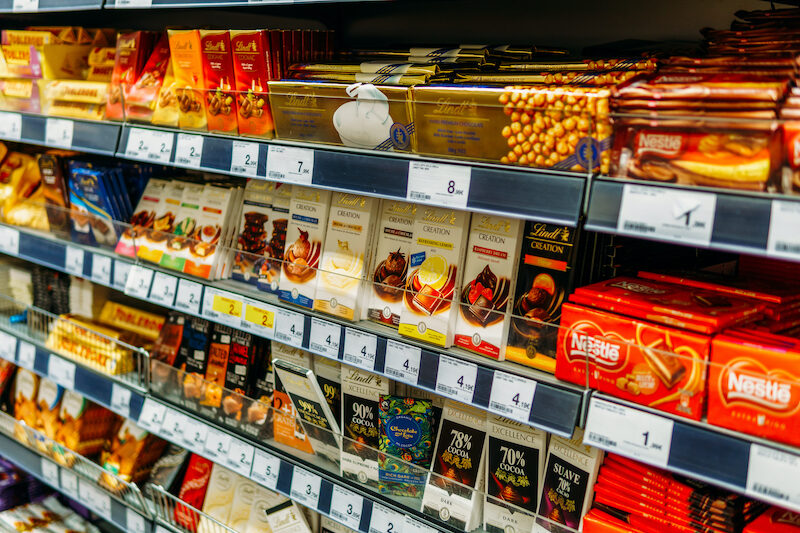“Super Shrinkflation” hits consumers and manufacturers hard

LISBON, PORTUGAL - AUGUST 15, 2017: Chocolate Sweets For Sale On Supermarket Shelf
As Confectionery Production has reported a number of times in recent years, the concept of ‘shrinkflation’ in reducing portion size without a corresponding reduction in prices is something that consumers have had to navigate for some time.
But now, the situation for the UK, and more than likely, many other areas around the world is the highly unwelcome prospect of “Super Shrinkflation” greeting us in our grocery stores, as manufacturers struggle to absorb higher costs, which are now being passed on to shoppers.
Incredibly, while consumers are facing higher prices for less value, retail prices in the UK are around 5% less than many countries in Europe, due to the fact the region has had historically low prices due to the competitiveness of British supermarkets. But all that has now changed from a combination of Brexit pushing up the costs of importing ingredients, the pandemic’s impact on logistics chains, and the ongoing war in Ukraine that has pushed the price of wheat and oils to near record highs in the past year.
The situation of “Super Shrinkflation: was detailed in a report from the Daily Telegraph paper, which noted that the manufacturing phenomenon had become increasingly widespread – but much to the frustration of shoppers who have been caught largely unawares – until they reach the checkout, when they find their average weekly shop costs have increased dramatically.
It seems only fair that manufacturers should be upfront about increasing costs – but it seems few if any are seemingly willing to be all that transparent about the fact we’re all getting less for more, which is disappointing from a consumer rights perspective, though not entirely unsurprising given the negative PR that such a move would undoubtedly create.
But one thing is certainly clear from this scenario – everyone is now losing out, from the hard-hit shopper, through to the manufacturer, whose margins are being squeezed, to the small army of farmers who in turn are in many instances receiving less for their goods, which is also a considerably troubling development.
As Britain’s Food and Drink Federation revealed this month, manufacturers production costs have increased by around 35% in the past three years – a huge sum by all accounts, and it seems our sector has been hit far harder than most.
While inflation in the UK is slowly reducing, it is at least five times above the government’s target level of 2%, with many goods in the food sector, including confectionery experiencing 20% price hikes within the past two years, representing notably poor value for money in an age when every penny counts.
Neill Barston, editor, Confectionery Production
- Keep in touch at [email protected] or via social media: @confectionprod



